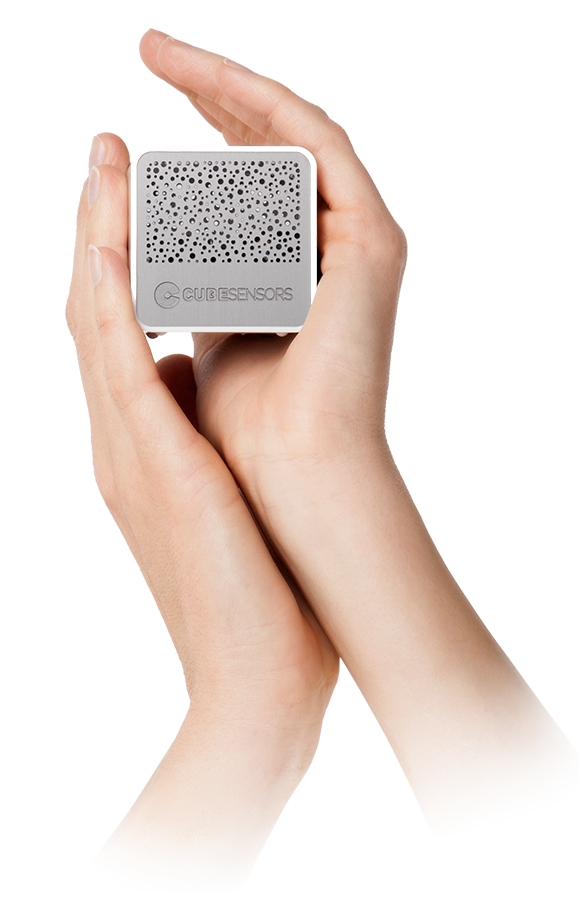Friends don’t let friends work in a sick office!
by Alja Isakovic
Sick office? No, we’re not making this up! According to the United States Environmental Protection Agency (EPA), “the term “sick building syndrome” (SBS) is used to describe situations in which building occupants experience acute health and comfort effects that appear to be linked to time spent in a building, but no specific illness or cause can be identified.”
In other words, if just being at your office causes you headaches, nausea, irritated eyes, nose or throat, and other unpleasant symptoms even though you’re otherwise healthy and getting along nicely with everyone, you might be working in a sick office!
It’s not always easy to identify the main offenders that are making your office building sick. Inadequate ventilation, including heating, ventilating, and air conditioning (HVAC) systems that fail to effectively distribute air throughout the building are certainly among the main suspects.
Your office might also be full of chemical contaminants from inside the building that you can’t necessarily smell. Carpeting, adhesives, copy machines, cleaning products are all known to emit harmful volatile organic compounds (VOCs). That’s why our Cubes keep a keen sensor on your VOC levels, not just CO2, to determine air quality.
Biological contaminants such as bacteria, molds, pollen and viruses will feel right at home at your office if you’re not mindful of your humidity levels. Want to get rid of that pesky flu virus? Just keep the humidity above 43%. On the other hand, you don’t want to turn you office into a warm, humid rain forest unless you’re trying to grow mold (which you probably don’t if that’s in your job description). That means keeping the humidity below 60%.
Of course, inadequate temperature and lightning can also contribute to a sick office that won’t do your productivity any good.
And what can you do if you find yourself stuck in a sick office?
Don’t worry, quitting your job or working from home aren’t the only two options. The most effective approach is to identify and remove or modify the sources of pollution. That means regular cleaning and replacement of HVAC filters; repainting the office while nobody is working there; storing paints and other chemicals in well ventilated areas; cleaning or getting rid of old carpeting etc. Once you’ve successfully dealt with the sources of indoor air pollution, you can also try increasing ventilation rates and air cleaning.
The bottom line is this: if you want to stay healthy and productive at work, it’s very important to keep an eye (or a few smart sensors) on the health of your office environment.

